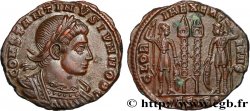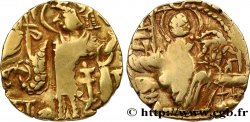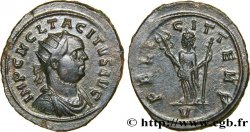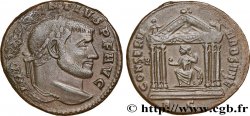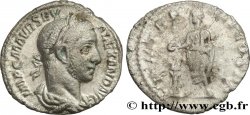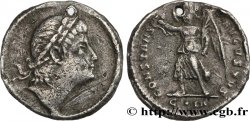E-auction 327-243032 - brm_541974 - CONSTANTINE II Centenionalis ou nummus
You must signin and be an approved bidder to bid, LOGIN TO BID. Accounts are subject to approval and the approval process takes place within 48 hours. Do not wait until the day a sale closes to register. Clicking on « bid » constitutes acceptance of the terms of use of cgb.fr private e-auctions.
Bids must be placed in whole Euro amounts only. The sale will start closing at the time stated on the item description; any bids received at the site after the closing time will not be executed. Transmission times may vary and bids could be rejected if you wait until the last second. For further information ckeck the E-auctions F.A.Q.
NO BUYER'S FEE.
NO BUYER'S FEE.
| Estimate : | 145 € |
| Price : | 50 € |
| Maximum bid : | 88 € |
| End of the sale : | 22 July 2019 14:12:30 |
| bidders : | 6 bidders |
Type : Centenionalis ou nummus
Date: 318-319
Mint name / Town : Siscia
Metal : copper
Diameter : 20 mm
Orientation dies : 6 h.
Weight : 2,73 g.
Rarity : R2
Officine: 2e
Coments on the condition:
Exemplaire sur un flan large, bien centré des deux côtés. Beau buste inhabituel de Constantin II césar. Frappe un peu molle au revers. Jolie patine grise avec des reflets métalliques dorés
Catalogue references :
Obverse
Obverse legend : CONSTAN-TINVS IVN N C.
Obverse description : Buste lauré, drapé et cuirassé de Constantin II César à droite, vu de trois quarts en arrière (A*).
Obverse translation : "Domino Nostro Constantino Iunori Nobilissimi Cæsari", (À notre seigneur Constantin le jeune, très noble césar).
Reverse
Reverse legend : VICT LAETAE PRINC PERP/ VOT/ PR// S/ (GAMMA)SIS*.
Reverse description : Deux victoires debout face à face tenant un bouclier posé sur un cippe sur lequel on lit : VOT/PR ; à l'exergue, deux captifs assis dos à dos.
Reverse translation : "Victoriæ Lætæ Principium Perpetuæ/ Vota Populi Romani", (À la victoire heureuse et durable du Prince/ Vœux du Peuple Romain).
Commentary
Poids léger. Avec son argenture superficielle. Rubans de type 3. Ptéryges invisibles sous le paludamentum. Ce type semble plus rare que ne le laissent supposer les ouvrages généraux. C’est la première fois que nous proposons ce type.







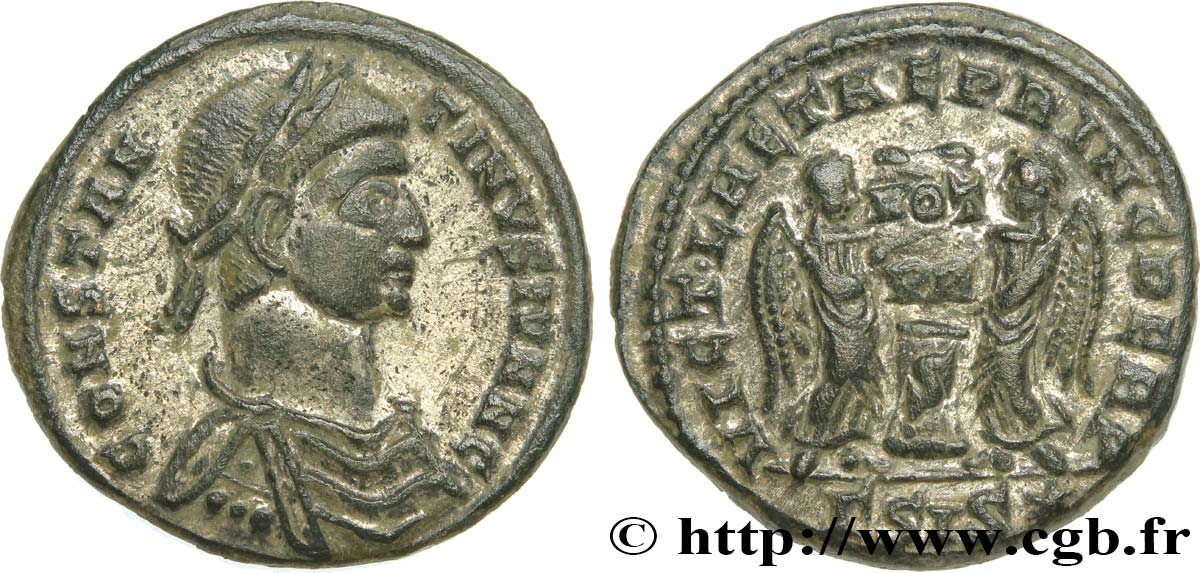
 Report a mistake
Report a mistake Print the page
Print the page Share my selection
Share my selection Ask a question
Ask a question Consign / sell
Consign / sell
 Full data
Full data